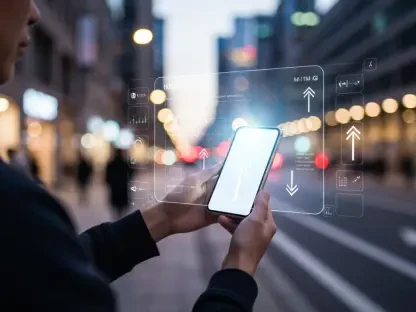In an era where cyber threats are becoming increasingly sophisticated, the latest update to Android 16 introduces a robust security feature that has sparked significant discussion among tech enthusiasts and professionals alike. Designed with high-risk individuals like journalists and politicians in mind, the new Advanced Protection suite offers a shield against targeted attacks. However, this enhanced safety comes with an unexpected trade-off that affects a fundamental smartphone function—charging speed. As mobile devices continue to play a critical role in daily life, balancing security with usability remains a pivotal challenge for developers. This development raises intriguing questions about how far users are willing to compromise convenience for the sake of protection, especially when the feature in question is tailored for a niche audience. Delving into the specifics of this update reveals both the innovative intent behind it and the practical implications for those who opt into its heightened safeguards.
Unveiling Advanced Protection’s USB Safeguard
Android 16’s Advanced Protection suite includes a feature known as USB Protection, crafted to prevent malicious USB devices from compromising a smartphone. This security measure is particularly vital for users who face elevated risks of targeted cyber threats, as it blocks unauthorized data access when the device is locked. However, this safeguard has an unintended consequence: it limits fast charging capabilities under specific conditions. Fast charging relies on data communication between the charger and the device to negotiate higher voltage levels for rapid power delivery. When USB Protection is active, it halts all data exchanges by default to thwart potential brute-force attacks via the lock screen. Consequently, the charging process falls back to a standard 5V input, significantly slowing down the speed unless the phone is unlocked. While this restriction might seem like a significant drawback, it serves as a critical barrier against sophisticated attacks, highlighting the intricate balance between cutting-edge security protocols and everyday functionality in modern devices.
Balancing Safety and Everyday Convenience
For the majority of Android users, the impact of USB Protection on charging speed is unlikely to be a concern, as the feature is part of a specialized security suite not typically needed by the average person. Android 16 already offers robust built-in protections that suffice for general use, meaning most individuals will never encounter this particular limitation. For the select group of high-risk users who activate Advanced Protection, the trade-off of slower charging when the device is locked was deemed a necessary compromise to ensure safety from targeted threats. This situation underscores a broader trend in mobile technology, where developers continually navigate the fine line between fortifying security and maintaining seamless user experiences. Looking back, this update reflects a pivotal moment in prioritizing niche safety needs over universal convenience, prompting discussions on how future updates might refine such features. The focus has shifted to exploring solutions that could mitigate such side effects, potentially integrating smarter protocols to distinguish between safe and malicious data interactions without hindering essential functions.









